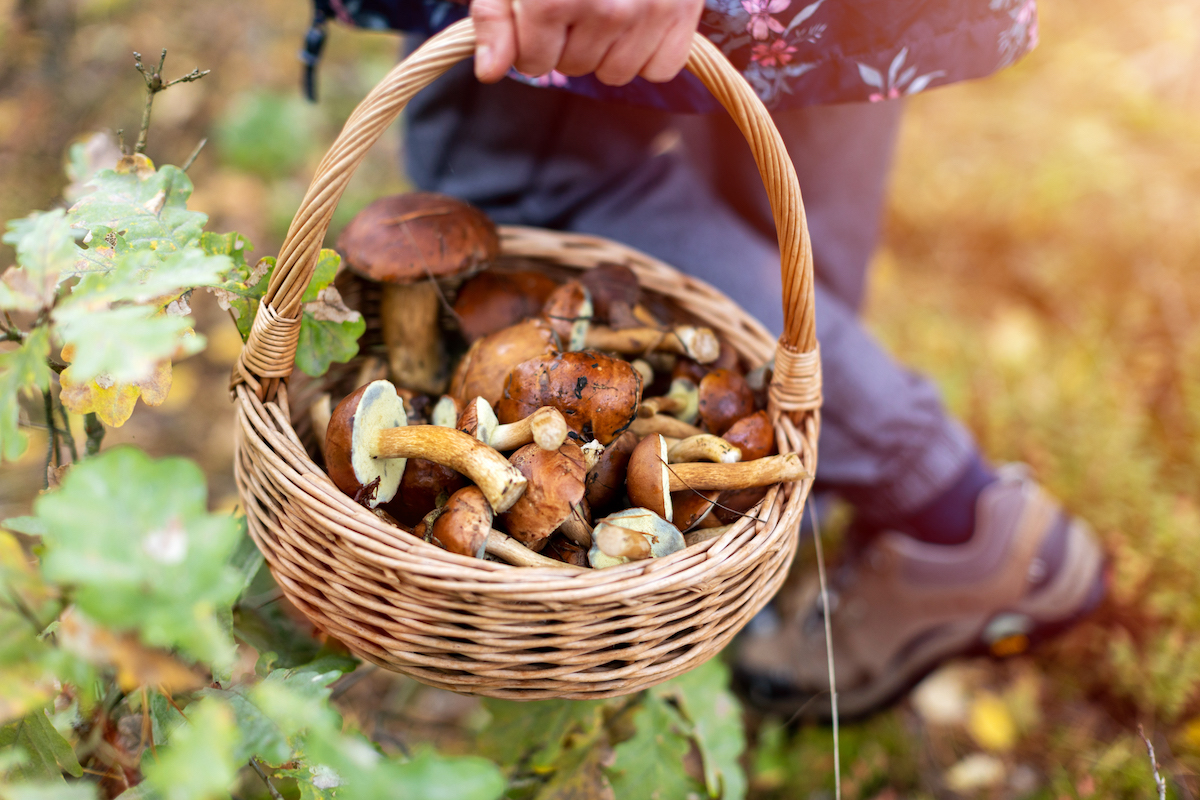

Mushrooms have been on Earth for millions of years; clearly, they’re programmed to survive. However, that doesn’t mean they’re always easy to find.
Videos by Outdoors
If you’re ready to take on some fungi foraging this fall, you may be wondering, is it a good year for mushrooms? An average year? A subpar one? Are these claims even possible to make on a broad scale?
Christian Schwarz, a California-based ecologist, says this fall, some areas are doing well, mushroom-wise, and others are in historic drought. Even within a single U.S. state, conditions vary widely.
“North America is a colossal landmass, and thus resists any simple description of ‘when is best to forage,'” Schwarz told Outdoors.com. “Generally, it can be described as ‘when there is plenty of available soil moisture and temperatures are not freezing.’ In most areas, this coincides with the rainy season(s).”
In other words, the fall mushroom forecast varies hugely by region. However, if you live in a place where Schwarz’s conditions (plenty of available soil moisture and temperatures above freezing) are met during the fall months, it’s likely a great time to go outside and forage.
Examples of Optimal Conditions for Mushrooms
“Within the context of coastal California [. . .] a mild summer with a few scattered rains means that the soil structure is more open, humid, and ready to absorb subsequent fall and winter rains,” Schwarz says. “If those rains come right on the early end [of] the normal season—as opposed to the middle of summer—and are followed by continued steady moisture to maintain humidity, this can lead to bonanza years.”
Typhoon Songda created such conditions on the central California coast in 2016, Schwarz adds.
In a recent interview with her local news station, second-generation forager and author Melany Kahn said, “Mushrooms need two things: they need heat and they need moisture in order to sprout. So, this summer, mushrooms were very happy.”
As a result, in her area (Shelburne, Vermont), it’s a great fall for mushroom foraging. Kahn leads foraging expeditions for all ages into local forests, educating, guiding, and inspiring others to enjoy the hobby as much as her and her family.
Best Places to Forage for Mushrooms
The best mushroom foraging spots will depend on your priorities, explains Schwarz. “Every species is different and wants a particular suite of factors—both living and non-living,” he says. “Many require intact, healthy forest with well-developed duff layers and minimal presence of invasive plants and invertebrates. However, others thrive on disturbance and are more ‘ruderal.’ Others still fruit in great abundance after forest fires. So it really depends what you’re after.”
Most of all, Schwarz stresses that finding excellent mushroom spots requires deep familiarity with your local land and the patterns and flows of energy through its ecology. “There is no substitute for time—lots of it—spent in quiet observation, roaming the area you live in and trying to understand the stories unfolding on the natural stage.”
If spending some quality time outdoors getting to know your local environment is something you’re looking to do this fall, then the forecast for mushroom foraging looks quite good indeed.
NOTE: When foraging for edibles in the wild, it’s critical to educate yourself first about what’s growing in the area—both the safe and the dangerous things, so you know what to watch out for. If you’re not 100% sure, do not consume. And work with an expert if you aren’t experienced. Mushrooms may be fascinating, but they can also be very deadly.
For more information about mushroom foraging, check out these guides from Outdoors.com:
- The Fatal Five: Avoid These 5 Deadly Mushrooms in the Wild
- Shroom With A View: The Ultimate Guide to Finding Mushrooms Outdoors
- The Foolproof Four: The 4 Easiest Mushrooms to Forage
- From Mushrooms to Berries, You Can Make Your World More Edible With These Online Foraging Classes
This article was updated to embed a different Instagram post from Christian Schwarz on 12/5/23.

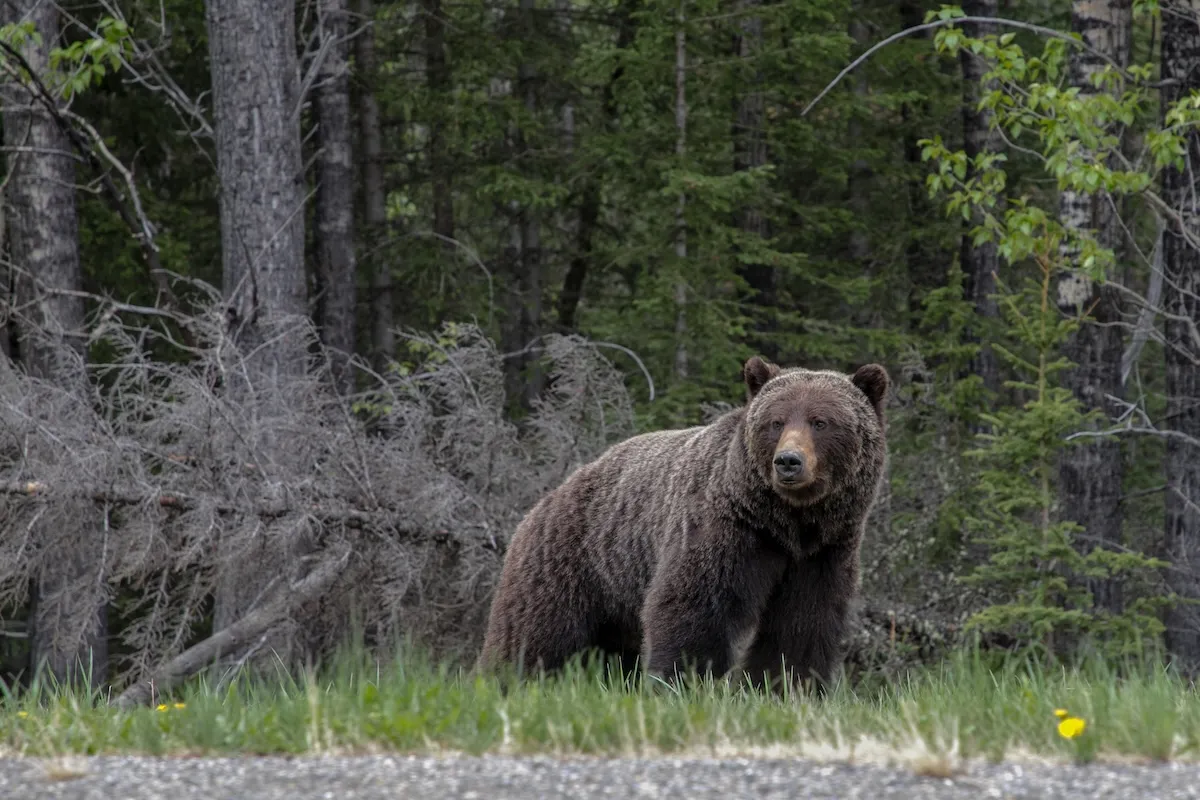
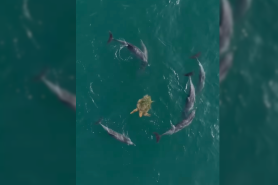
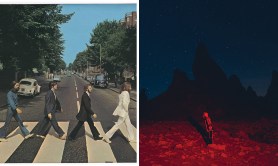
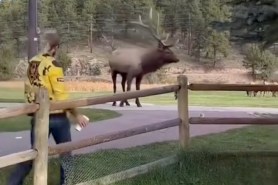
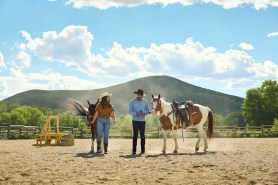
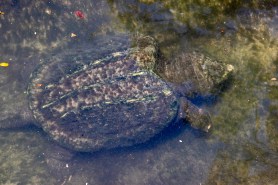

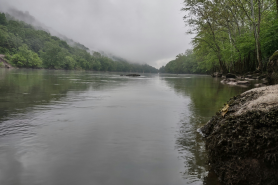
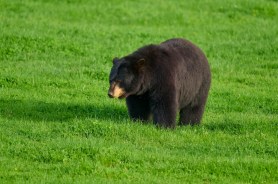
The pretty orange mushroom in the lady’s hand at the top of this article is a VERY poor choice of opener. It has white SPORES ( forget about the gills), a full veil that has left it’s remnant on the stem, classic bits of issue that look like spots on top of the cap and is very commonly found just about everywhere. Oh , did I mention that it is not quite as deadly as an Amanita virosa, and some of the other Amanita group, but it does kill more than a few souls annually. Look it up in a good mushroom book/guide, not just a mushroom picture book. Learn all of the identification features you have to apply to properly identify a species in order to determine if it’s edible. By the way, the original foolproof four are sulphur shelf, puffball, inky cap, and ?. Even I can forget a name. I’ll add the following. No matter how experienced or expert you are at mushroom hunting, treat each event as if you were a novice and each pick as if it were a brand new species. Read the guide book and follow the rules. Philip
Poor choice of mushrooms to show at the top of the article. just because it’s bright and eye-catching – that’s not a good enough reason to put a POISONOUS mushroom front & center on the beginning of an article about EDIBLE mushrooms.